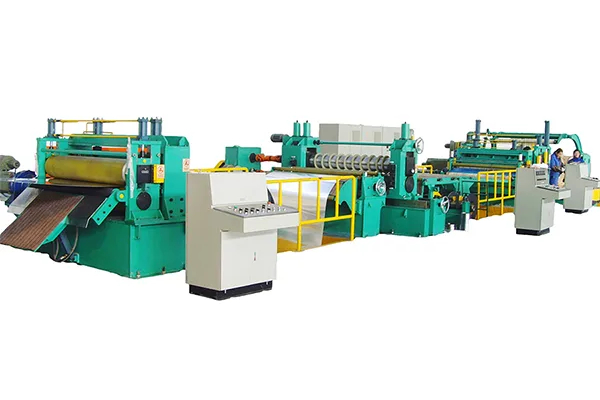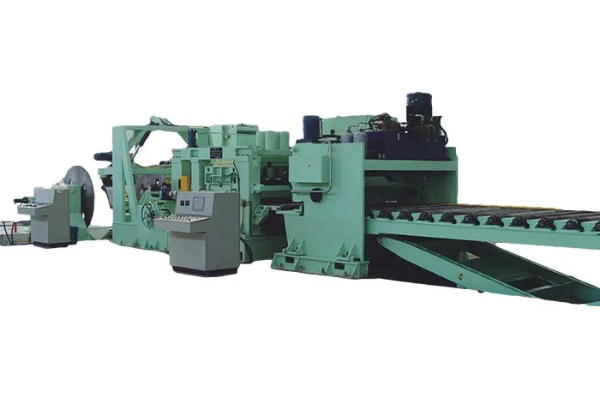
Press Brake vs. Other Bending Methods- A Head-to-Head Comparison
- By:Metmac
- 2024-05-17
- 505
In the realm of metal fabrication, bending is a crucial process for shaping and manipulating sheet metal into desired forms. Among the various bending techniques, press brakes stand out as a versatile and efficient solution. This article delves into a comprehensive comparison of press brakes with other bending methods, unveiling their strengths, weaknesses, and suitability for different applications.
Press Brake: A Precision Powerhouse
Press brakes utilize upper and lower tooling to apply pressure to sheet metal, creating precise bends along pre-defined lines. Their high tonnage capacity allows for bending thick materials and achieving intricate shapes with exceptional accuracy. Press brakes are renowned for their speed, repeatability, and ability to automate complex bending sequences.
Alternative Bending Methods
Beyond press brakes, an array of alternative bending methods exist, each with its own unique characteristics:
Roll Forming: A continuous bending process that shapes sheet metal into curved profiles, ideal for high-volume production of uniform shapes.
Hand Bending: A manual technique using a simple bending tool, suitable for small-scale projects with limited precision requirements.
Sheet Metal Folder: A specialized machine that folds sheet metal over a fixed angle, offering a cost-effective option for bending thin materials.
Tube Bending: A specialized process for bending hollow pipes and tubes, crucial in industries such as automotive and aerospace.
Comparative Analysis
| Feature | Press Brake | Other Bending Methods |
|—|—|—|
| Precision | High | Varies depending on method |
| Speed | Fast | Slower for manual methods |
| Repeatability | Excellent | Limited for manual methods |
| Versatility | High | Limited to specific shapes or materials |
| Tonnage Capacity | High | Lower for hand bending and sheet metal folders |
| Automation | Yes | Limited or none |
| Cost | High initial investment | Lower for manual methods |
| Applications | Complex bending, high production, thick materials | Simple bending, small parts, thin materials |
Conclusion
The choice between a press brake and other bending methods depends on the specific requirements of the application. Press brakes excel in precision, speed, repeatability, and versatility, making them ideal for complex bending operations and high-volume production. Alternative methods offer cost-effective solutions for smaller projects, simple bending tasks, or specialized materials. By understanding the strengths and limitations of each technique, fabricators can optimize their processes and achieve superior bending results.
-
Sheet Metal Working Machines: The METMAC Advantage for Complete Fabrication Excellence
2025/12/03 -
Hydraulic Sheet Cutting Machine: Unmatched Power and Reliability for Demanding Fabrication by METMAC
2025/12/03 -
CNC Sheet Metal Bending Machine: The Pillar of Precision Fabrication with METMAC
2025/12/03 -
Laser Stainless Steel Cutting Machine: Precision, Purity, and Performance by METMAC
2025/12/03
-
Advanced Sheet Metal Rolling, Laser Cutting, and Folding Machines for Precision Fabrication
2025/10/31 -
High-Performance Sheet Metal Bending and Cutting Machines for Modern Fabrication
2025/10/31 -
High-Quality Sheet Metal Equipment for Sale: Efficient Solutions for Modern Manufacturing
2025/10/31 -
High-Performance Sheet Metal Equipment for Sale: Forming and Shearing Solutions for Modern Fabrication
2025/10/22
-
Integrating Automation with Rectangular Duct Machines for Enhanced Productivity
2024/05/11 -
Metal Shear Machines- Essential Tools for Precision Metal Cutting
2024/05/11 -
Understanding the Role and Function of Steel Strip Slitting Machines
2024/05/11 -
Maintenance Tips for Longevity of HVAC Duct Machines
2024/05/11
-
A Guide to the Latest Innovations in Sheet Metal Folding Machines
2024/11/29 -
Key Features to Consider When Investing in a Sheet Metal Folding Machine
2024/11/28 -
Enhancing Precision with Advanced Sheet Metal Folding Machines
2024/11/27 -
How to Choose the Right Sheet Metal Folding Machine for Your Workshop
2024/11/26







